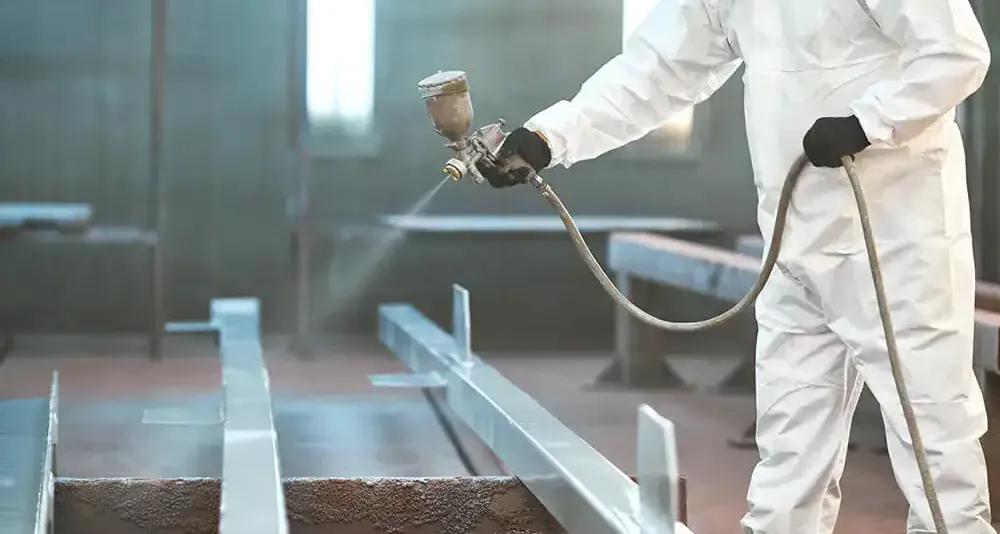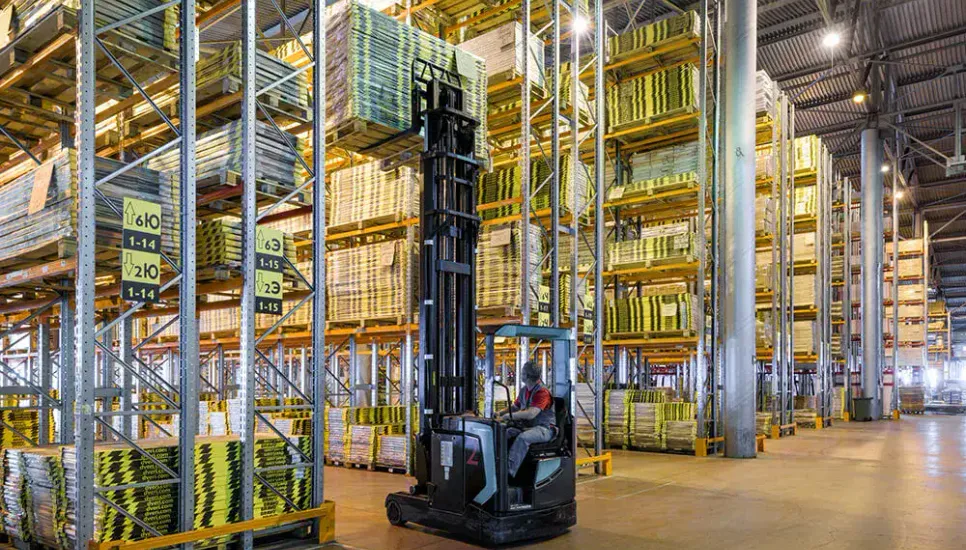Introduction
Although painting is relatively safe compared to other construction jobs, it nevertheless presents a unique set of risks that must be managed correctly to avoid injury. Fortunately, the majority of accidents in painting are entirely preventable provided that workers receive rigorous safety training before they perform their first tasks.Potential Hazards
The risks most commonly associated with painting are:
Accidental Falls.
Especially on construction sites for new buildings, painters may be required to work at great heights using specialized access equipment. This puts them at risk of serious injury and even death as a result of accidental falls, particularly if employees are not properly trained in fall arrest systems. Even when painters are not working on the exterior of tall buildings, same-level trips and falls, as well as falls from ladders can still lead to significant injuries if the right protective equipment is not used.Exposure to Asbestos and Other Toxic Substances.
Part of a painter’s task is to prepare a surface for painting, which may involve scarping, removal of wallpaper, and other processes that, when performed on older buildings, can release asbestos fibers into the air. Asbestos filler is no longer used in the manufacturing of paint, but was a common component of both paints and insulation during the late 20th century, which means that workers must take extra care when scraping off surfaces of existing constructions. Additional toxic substances that painters may encounter on a daily basis include mould, fungi, bacteria, bird and mouse droppings, as well as solvents, lead, and others.Heat Stress.
Some painters may be required to work on the exterior of buildings during hot weather, which can eventually lead to heat stress and increase the risk of accidents and injury. In and of itself, heat stress can cause exhaustion, cramps, rashes, dizziness, and even heat stroke.Ergonomic Hazards.
In some cases, painters may be forced into awkward positions in order to carry out difficult tasks. What’s more, their most common work routines involve a large number of repetitive actions that can eventually cause damage to the joints, ligaments, and muscles. Lifting, moving, and carrying heavy cans or objects may also put excessive strain on a painter’s back, which can lead to serious lower back and spinal injuries.
Incident Prevention
Most of the work-related injuries in the painting sector can be avoided altogether with the proper training and personal protective equipment. Before they can assess and minimize risks, however, painters must become aware of the dangers most commonly associated with their line of work. This can only be achieved through rigorous safety training, which must be made accessible to all employees.
Common sense and the correct use of PPE are equally important aspects of incident prevention. The damage caused by an accidental same-level fall can be significantly reduced if the correct protective gear is used, whereas the frequency of falls from height is considerably lowered by the implementation of fall arrest systems.
Workers must wear the right respirators, as well as eye and skin protection when dealing with asbestos and other toxic substances, while heat stress and ergonomic hazards can both be mitigated if painters are taught to observe their own bodies and detect the early signs of potential injury. A system of breaks and hydration may also contribute to fewer heat- and ergonomics-related accidents.
Recommended Safety Courses
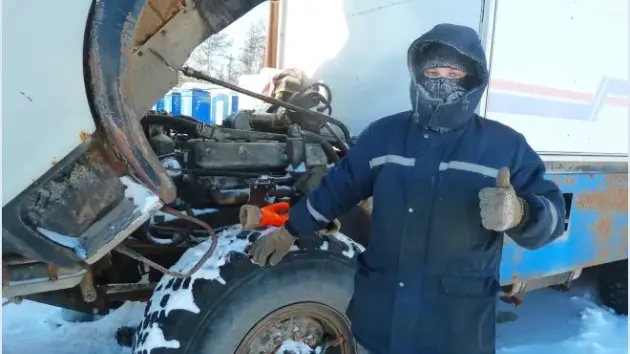
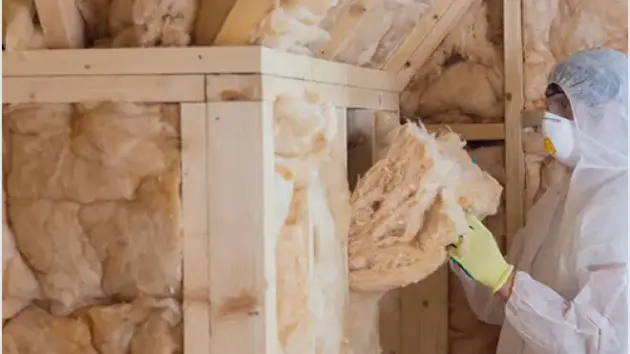
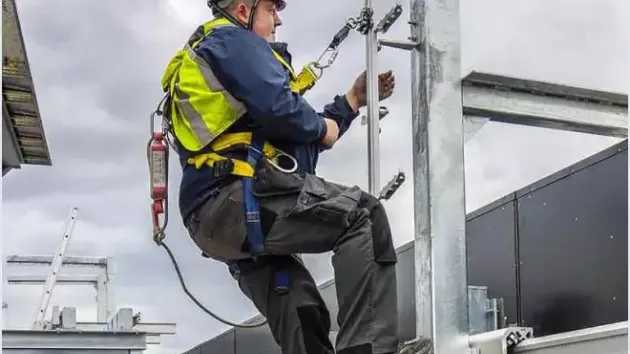
What You Can Do to Stay Safe
If you work in the painting sector, there are a number of steps you can take to ensure your safety and that of your colleagues. The first and most important is to undergo the appropriate safety courses and become aware of the most common hazards associated with your work environment. In Canada, your employee is under legal obligation to implement such training for all workers.
To explore a more comprehensive list of safety courses that are suitable for painters, please consult our Construction industry page.
